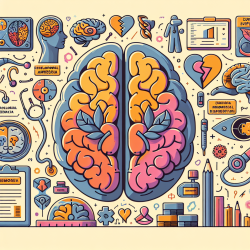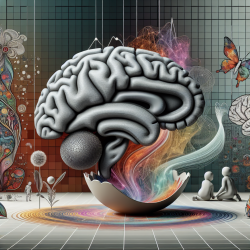Developmental amnesia (DA) is a complex condition characterized by significant episodic memory deficits due to early-life hypoxic-ischaemic events. Recent research has shed light on the intricate relationship between hippocampal and diencephalic damage in patients with DA. This blog post aims to provide practitioners with insights into these findings and encourage further exploration of their implications for therapeutic practices.
The Role of Hippocampal and Diencephalic Structures
The hippocampus has long been recognized as a critical structure in memory processing, particularly vulnerable to damage during hypoxic-ischaemic episodes. However, recent studies have revealed that the diencephalon, including the thalamus and mammillary bodies, also plays a significant role in memory deficits associated with DA.
A neuroimaging investigation involving 18 patients with DA uncovered marked atrophy in the mammillary bodies in two-thirds of the participants. Additionally, these patients exhibited mildly reduced thalamic volumes, with the anterior-mid thalamic (AMT) segment size correlating with visual memory performance. This suggests that diencephalic structures contribute to memory deficits beyond the hippocampus.
Implications for Therapeutic Practices
Understanding the multifaceted nature of DA can significantly enhance therapeutic approaches. Here are some strategies practitioners might consider:
- Comprehensive Assessment: Incorporate neuroimaging techniques to assess both hippocampal and diencephalic structures. This can help tailor interventions to address specific areas of atrophy.
- Targeted Memory Training: Develop cognitive rehabilitation programs that focus on enhancing visual memory skills, given their correlation with AMT volumes.
- Collaborative Care: Work closely with neurologists and radiologists to monitor structural changes over time and adjust therapeutic strategies accordingly.
- Educational Support: Provide tailored educational support to help patients manage organizational skills and exam preparation, especially during transitions between educational stages.
Encouraging Further Research
The findings from this research underscore the importance of further exploration into the role of diencephalic structures in DA. Practitioners are encouraged to stay informed about ongoing studies and consider participating in collaborative research efforts. By doing so, they can contribute to a deeper understanding of DA and improve outcomes for affected individuals.
To read the original research paper, please follow this link: Hippocampal and diencephalic pathology in developmental amnesia.










